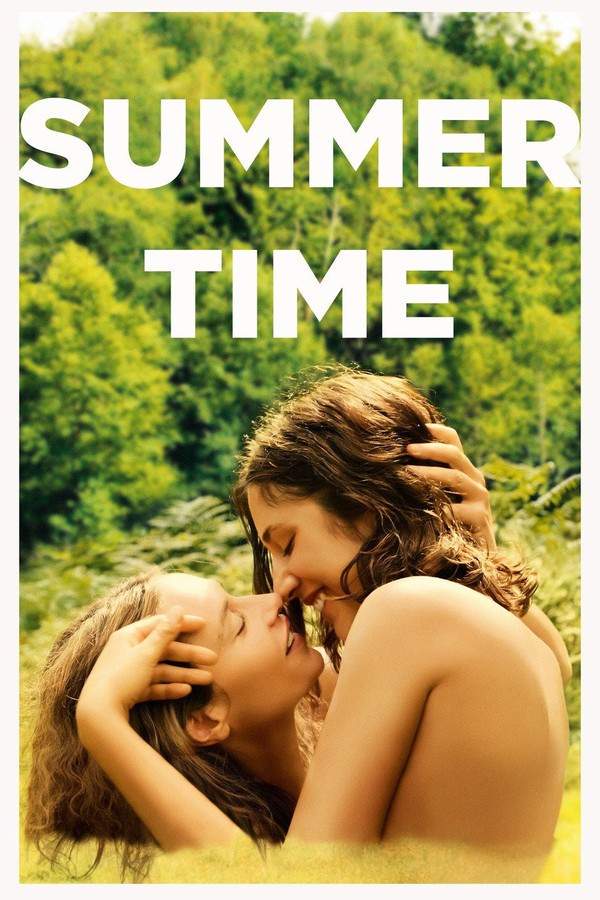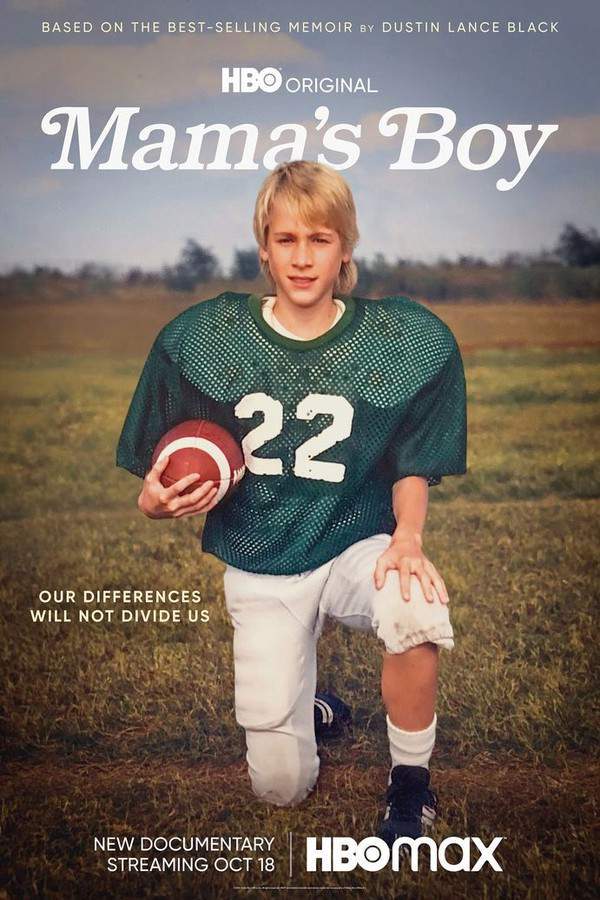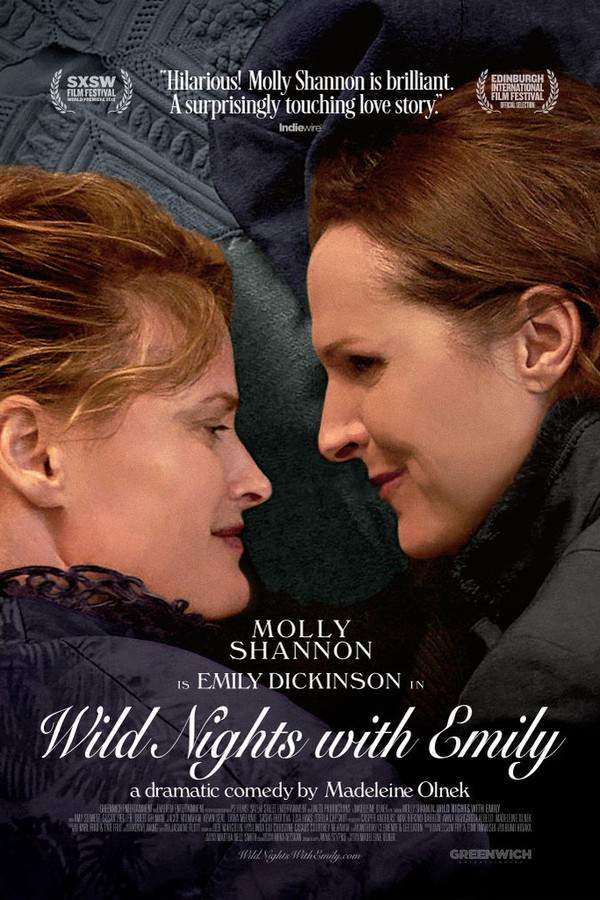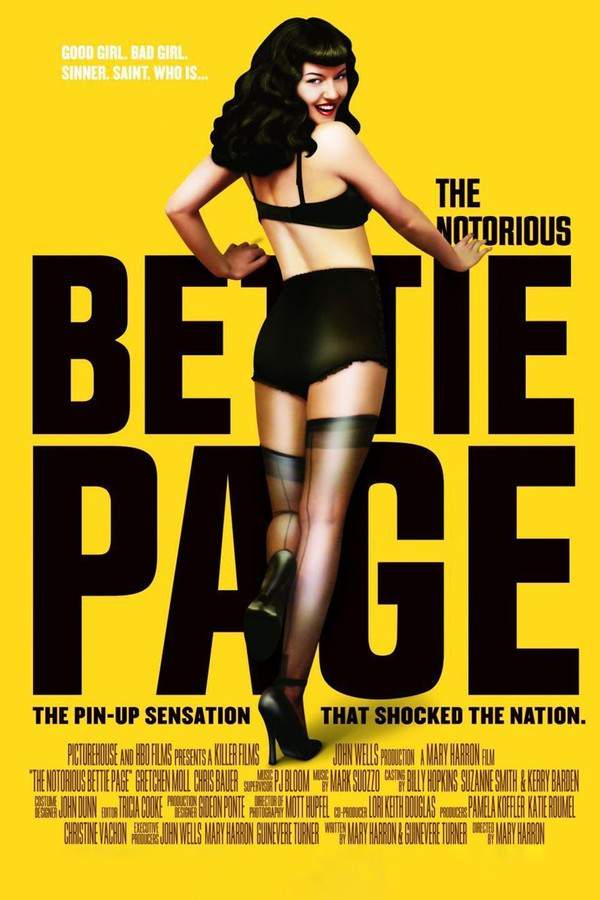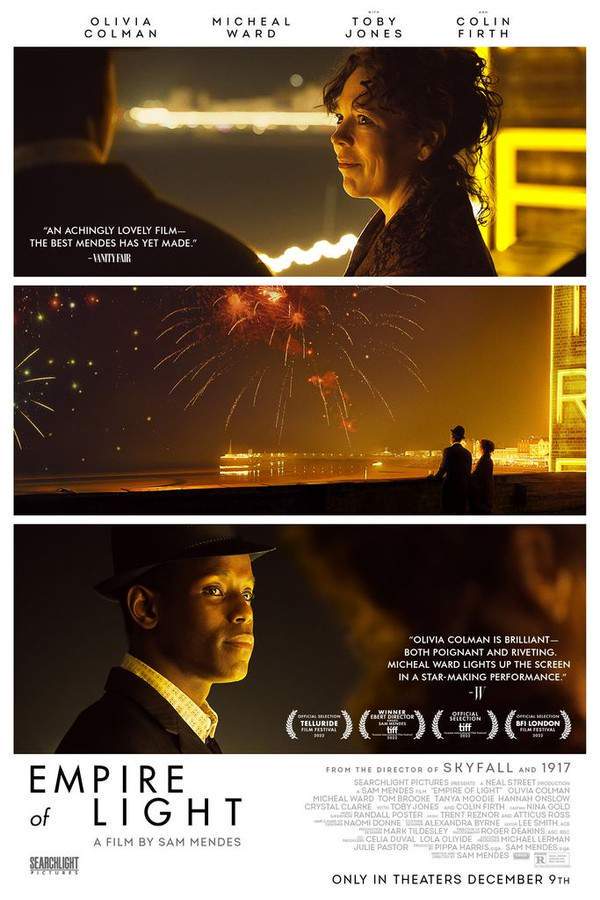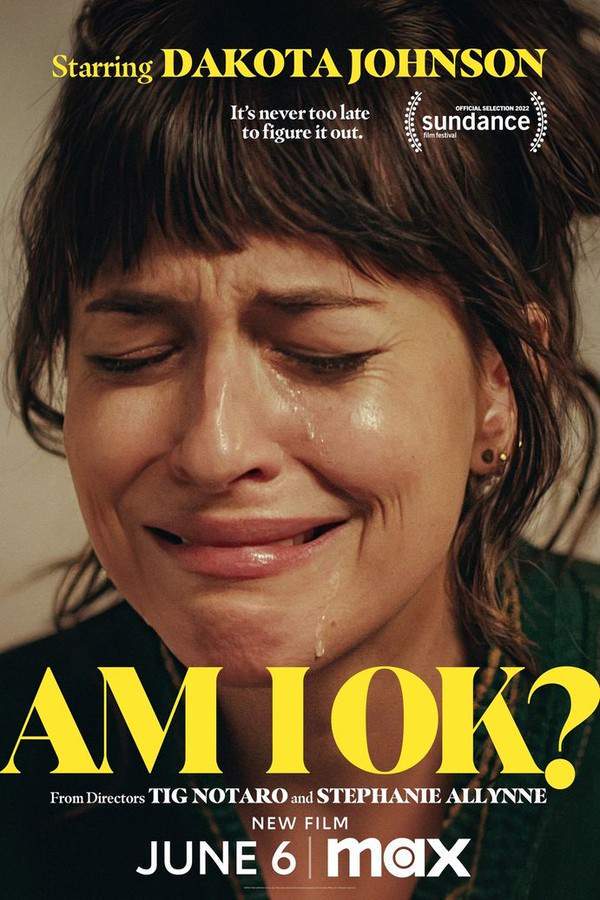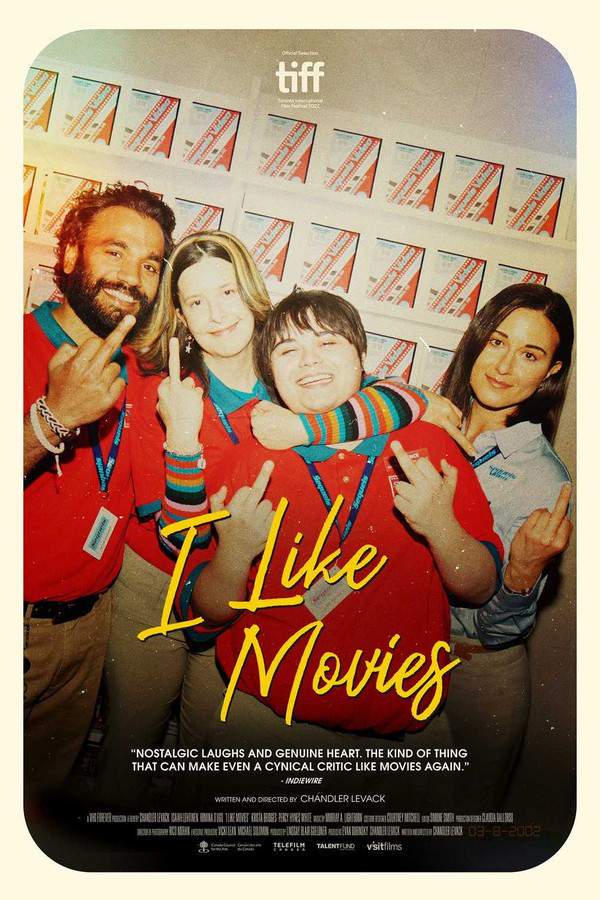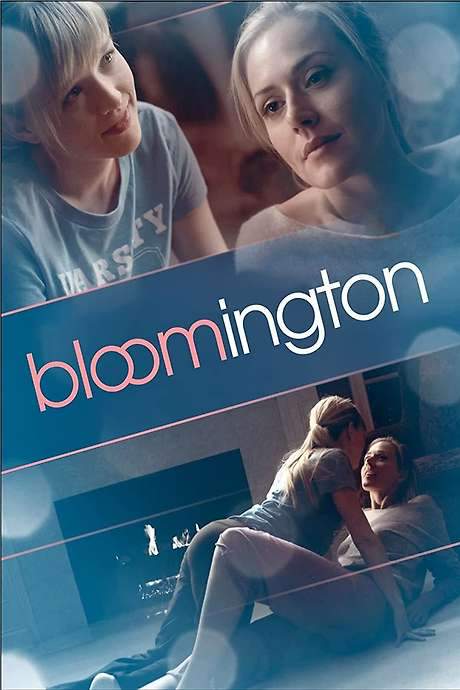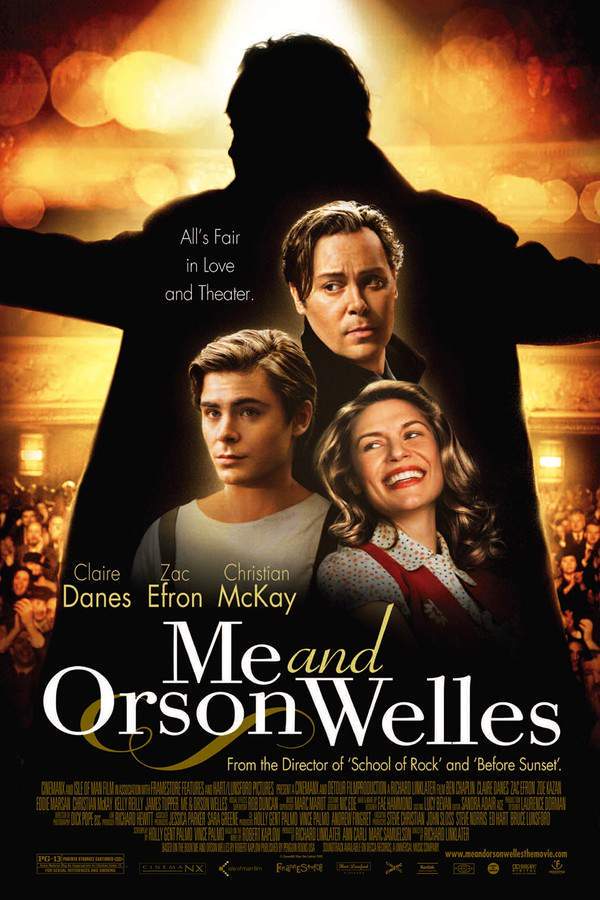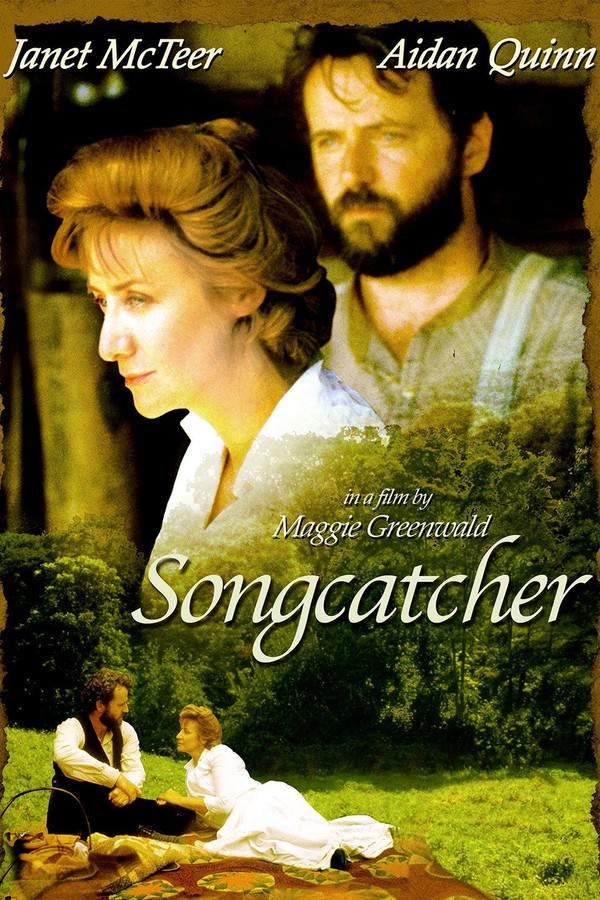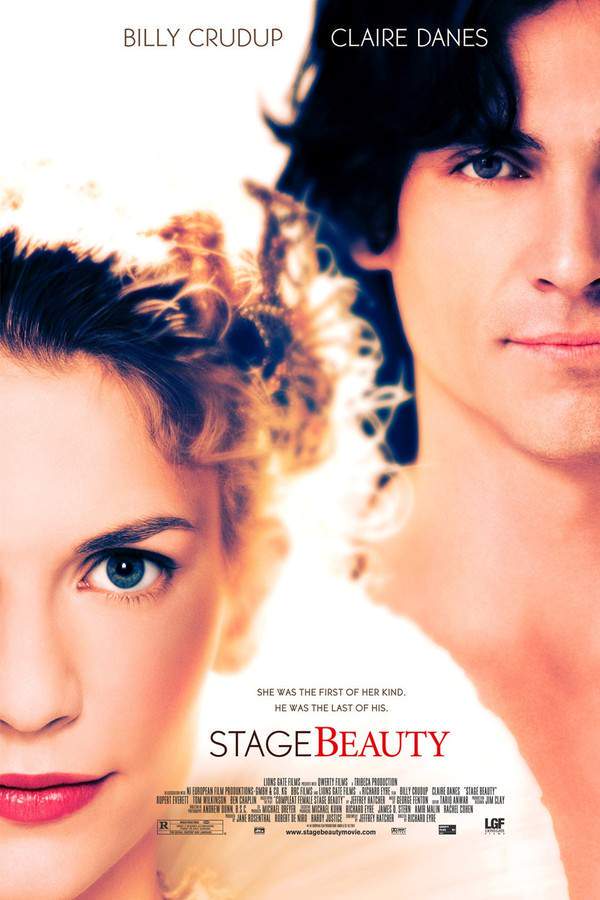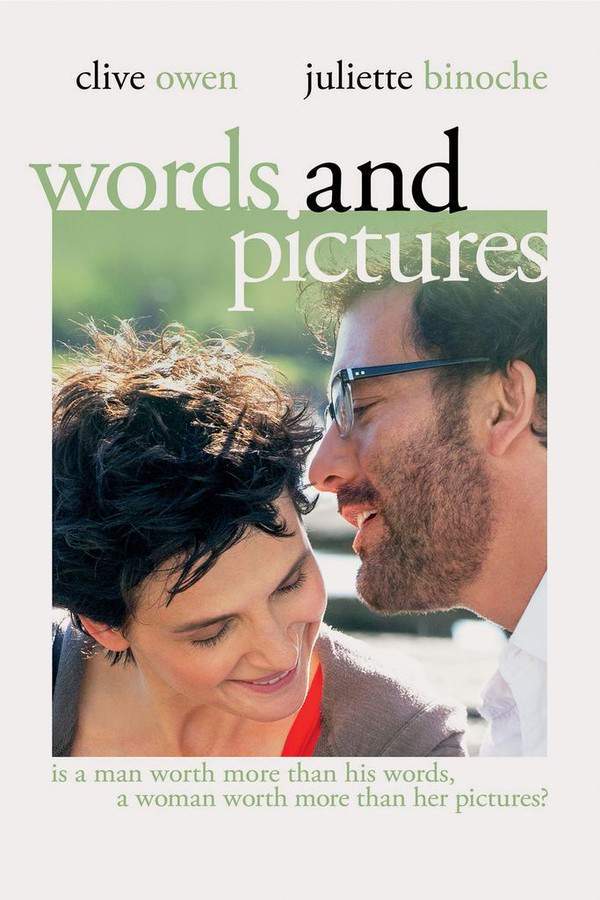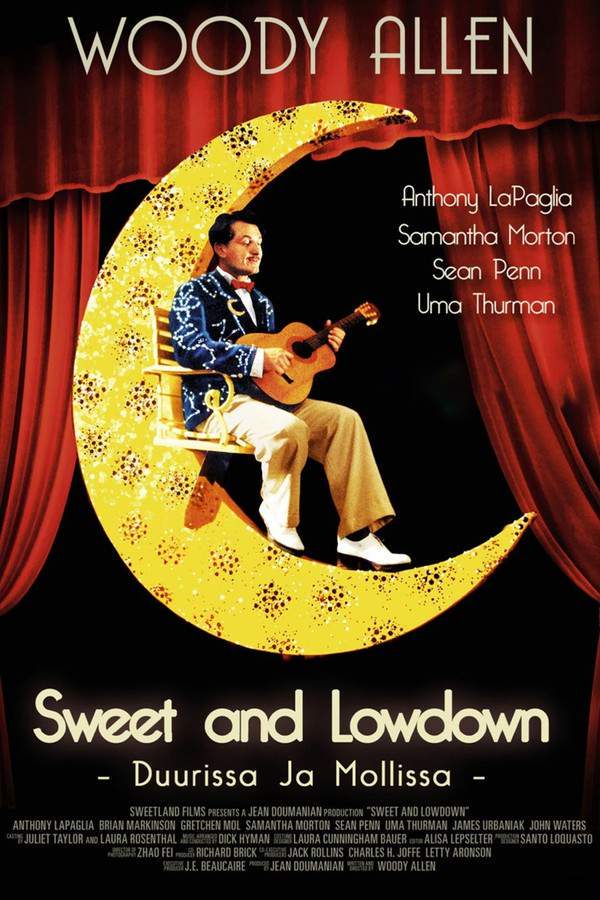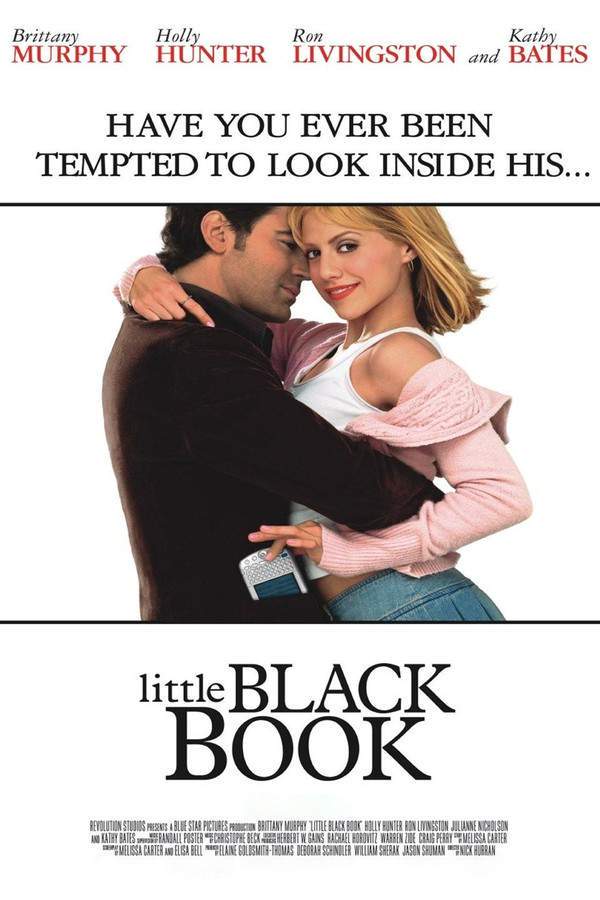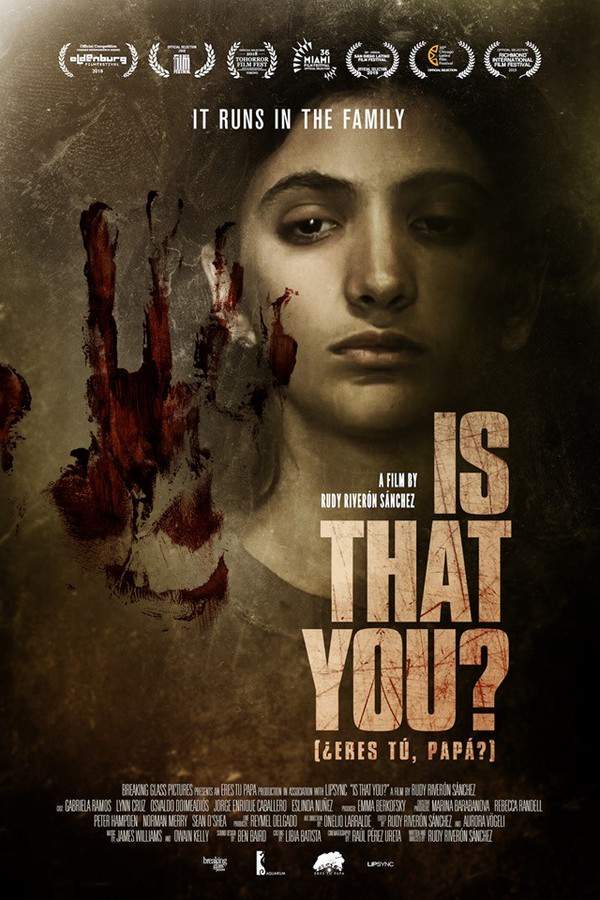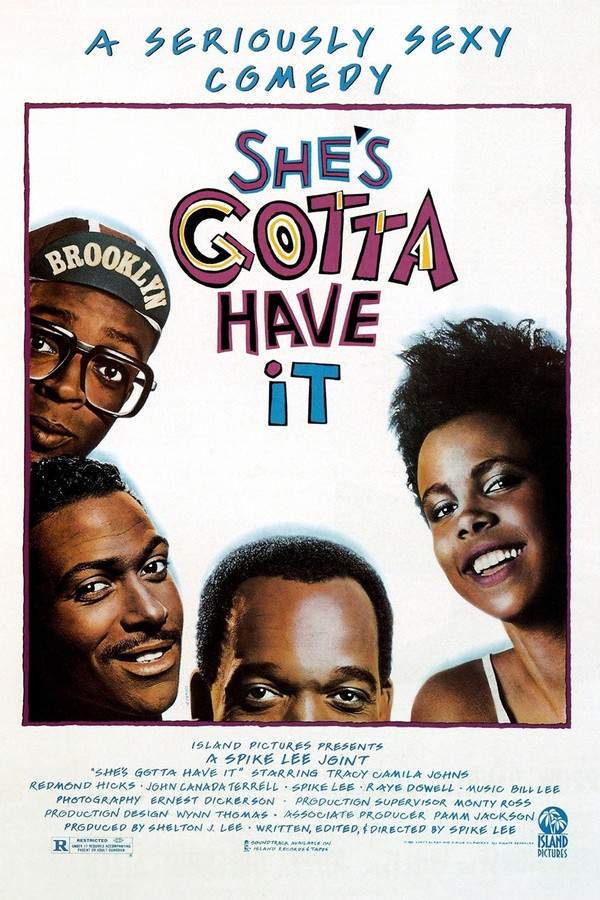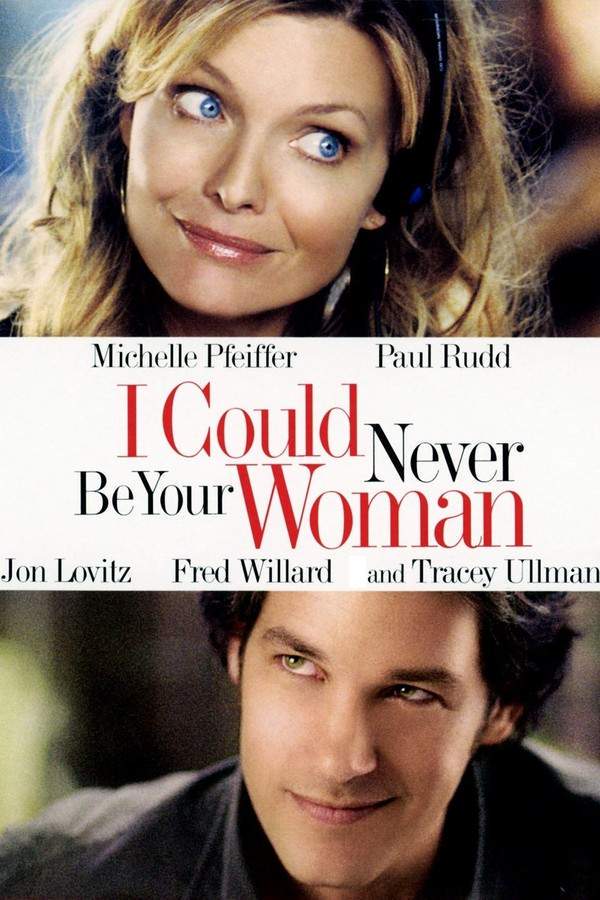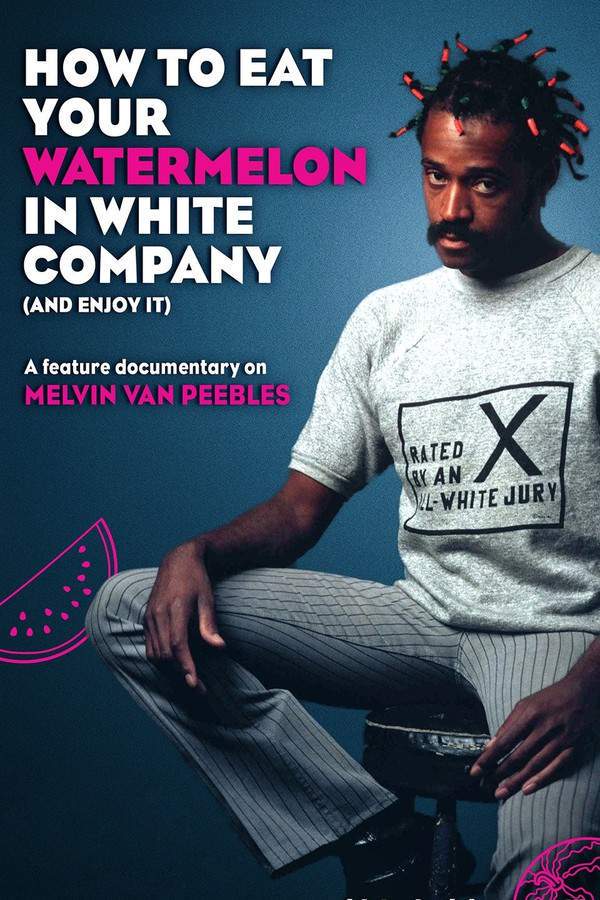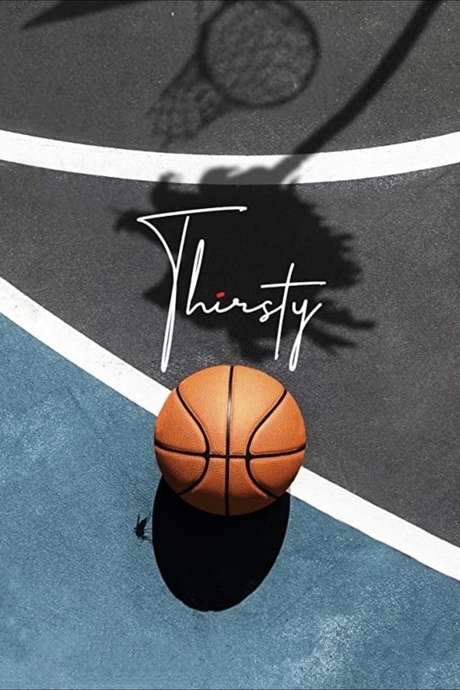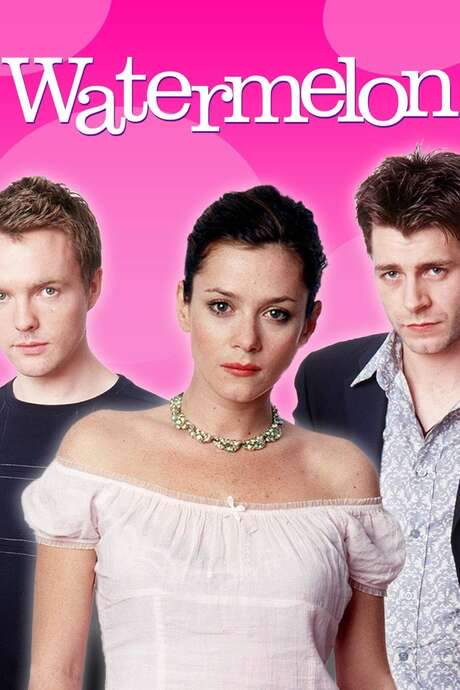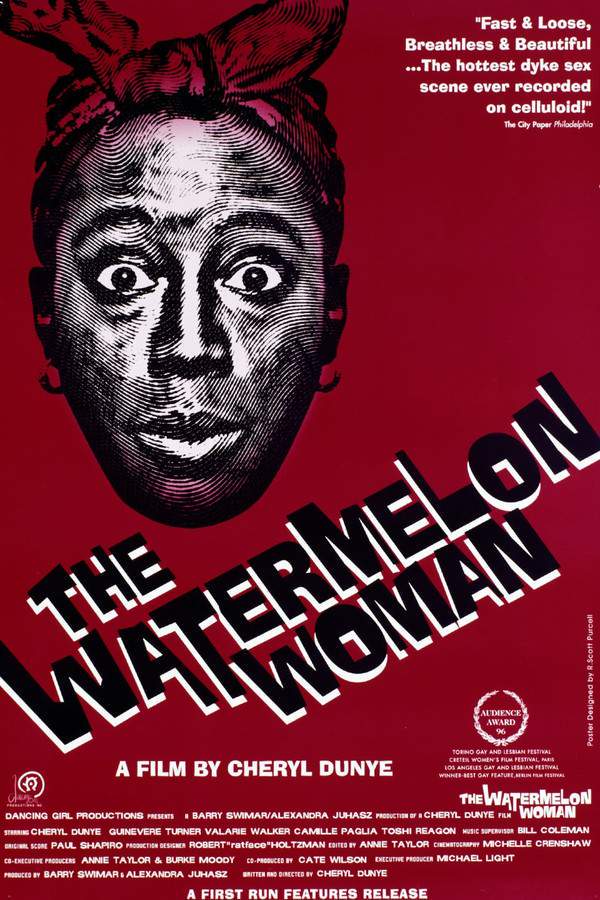
The Watermelon Woman
Year: 1997
Runtime: 90 min
Language: English
Director: Cheryl Dunye
Aspiring filmmaker Cheryl Dunye sets out to create a documentary about Fae Richards, a forgotten black actress from the 1930s known as "The Watermelon Woman." While researching Richards’ life in 1990s Philadelphia, Cheryl explores the complexities of race, sexuality, and representation within the queer community. The project becomes a journey of self-discovery as Cheryl uncovers surprising details about Richards’ career and a hidden same-sex relationship, prompting her to confront her own identity and the challenges of filmmaking.
Warning: spoilers below!
Haven’t seen The Watermelon Woman yet? This summary contains major spoilers. Bookmark the page, watch the movie, and come back for the full breakdown. If you're ready, scroll on and relive the story!
The Watermelon Woman (1997) – Full Plot Summary & Ending Explained
Read the complete plot breakdown of The Watermelon Woman (1997), including all key story events, major twists, and the ending explained in detail. Discover what really happened—and what it all means.
Cheryl, a young African American lesbian, holds down a job at a video rental store in Philadelphia alongside her friend, Tamara. In addition to their day-to-day work, they delve into the world of professional home video creation, providing services to clients seeking personal recordings. Cheryl’s curiosity leads her to the classic films of the 1930s and 40s that prominently feature black actresses, many of whom are not given proper credit for their contributions. This fascination intensifies when she discovers a film titled Plantation Memories, showcasing a black actress only referred to as “The Watermelon Woman.”
Determined to unearth more about this mysterious figure, Cheryl sets her sights on creating a documentary that explores the life of the Watermelon Woman. Amid her quest, Tamara attempts to pair Cheryl with her friend Yvette, but Cheryl remains uninterested in romance. Instead, she encounters Diana, a white woman who flirts with her in the store, much to Tamara’s chagrin.
Cheryl embarks on a mission to interview the community, reaching out to people to inquire if they recognize the Watermelon Woman. She speaks with her mother, who can’t recall the name but recognizes a photograph of her. Her mother shares memories of the Watermelon Woman’s performances in Philadelphia clubs. Additionally, Tamara’s mother suggests Cheryl should connect with Lee Edwards, an expert in black cinema. Visiting Lee, he immerses them in the cultural landscape of 1920s and 30s Philadelphia, illuminating the common roles of black women as domestic workers.
During this journey, Cheryl meets Shirley, a friend of her mother who reveals that the Watermelon Woman was named Fae Richards—a fellow lesbian who sang in clubs for “all us stone butches” and was often seen with Martha Page, the unkind white director of Plantation Memories. As fate would have it, when Cheryl and Tamara get caught leasing videos under Diana’s name, Diana claims the tapes and invites Cheryl to her home to reclaim them. Over dinner, the connection between Cheryl and Diana deepens, and after sharing their stories, they become intimate. Cheryl finds herself enjoying Diana’s company, despite her being outside her usual type.
Cheryl’s exploration of identity continues as she engages with cultural critic Camille Paglia, who discusses the Mammy archetype and its implications. A visit to the C.L.I.T. archive unveils photographs of Fae Richards, including one given to June Walker, Fae’s long-term partner. With Diana’s aid, Cheryl attempts to reach Martha Page’s sister, who obstinately denies Martha’s sexual orientation.
As the relationship between Cheryl and Diana blossoms, Tamara openly expresses her disdain for Diana, further highlighting the tension surrounding race and attraction. Tamara accuses Cheryl of desiring to assimilate into a white identity while blaming Diana for holding a fetishistic view of black individuals. The complexity of these emotional ties is further illustrated when Cheryl contacts June Walker, who reveals that she shared a life with Fae for two decades. However, their planned meeting is interrupted as June is hospitalized, leaving Cheryl with a letter expressing her frustration with Martha.
Eventually, Cheryl finds herself isolated after a rift with both Diana and Tamara. Nevertheless, she perseveres, channeling her experiences and the history she uncovered into completing her documentary project, albeit without the chance to further connect with June. Thus, Cheryl’s journey becomes a profound exploration of personal and collective identity, history, and representation in cinema.
Last Updated: November 04, 2024 at 06:32
Explore Movie Threads
Discover curated groups of movies connected by mood, themes, and story style. Browse collections built around emotion, atmosphere, and narrative focus to easily find films that match what you feel like watching right now.
Movies about uncovering queer history like The Watermelon Woman
Characters discovering forgotten queer stories to understand their own place in the world.If you liked the historical research and personal journey in The Watermelon Woman, you'll appreciate these movies about queer artists and researchers. Discover films where characters dive into forgotten archives and stories, finding connections to their own lives and identities through the process of historical recovery.
Narrative Summary
The narrative follows a protagonist driven by a creative or intellectual goal to document a hidden past. This external research mission parallels an internal journey of self-acceptance and identity formation. The story often blends different formats—like documentary footage, interviews, and personal narrative—to bridge the gap between past and present.
Why These Movies?
These movies are grouped by their shared focus on a queer protagonist using historical research as a tool for self-discovery. They combine a thoughtful, investigative pace with themes of representation, memory, and the emotional weight of giving voice to those who were silenced.
Bittersweet movies about artists like The Watermelon Woman
Stories where the creative process leads to both personal accomplishment and poignant realizations.Fans of The Watermelon Woman's portrayal of an artist's journey will enjoy these movies. Find similar stories about filmmakers, writers, and creators where the act of making art leads to a bittersweet self-discovery, blending the joy of creation with the melancholy of personal realizations.
Narrative Summary
The plot revolves around a character undertaking a significant creative endeavor. As they work, their art reflects and impacts their personal life, often straining relationships or forcing a reevaluation of their beliefs. The ending provides a sense of artistic fulfillment but is tempered by the emotional complexity and sometimes isolation that the journey has revealed.
Why These Movies?
This thread connects movies that share a specific emotional arc: the intertwining of artistic creation and personal growth, resulting in a bittersweet conclusion. They feature a steady, character-driven pace and a medium emotional intensity, focusing on the internal conflicts and rewards of the creative life.
Unlock the Full Story of The Watermelon Woman
Don't stop at just watching — explore The Watermelon Woman in full detail. From the complete plot summary and scene-by-scene timeline to character breakdowns, thematic analysis, and a deep dive into the ending — every page helps you truly understand what The Watermelon Woman is all about. Plus, discover what's next after the movie.
The Watermelon Woman Timeline
Track the full timeline of The Watermelon Woman with every major event arranged chronologically. Perfect for decoding non-linear storytelling, flashbacks, or parallel narratives with a clear scene-by-scene breakdown.

Characters, Settings & Themes in The Watermelon Woman
Discover the characters, locations, and core themes that shape The Watermelon Woman. Get insights into symbolic elements, setting significance, and deeper narrative meaning — ideal for thematic analysis and movie breakdowns.

The Watermelon Woman Spoiler-Free Summary
Get a quick, spoiler-free overview of The Watermelon Woman that covers the main plot points and key details without revealing any major twists or spoilers. Perfect for those who want to know what to expect before diving in.

More About The Watermelon Woman
Visit What's After the Movie to explore more about The Watermelon Woman: box office results, cast and crew info, production details, post-credit scenes, and external links — all in one place for movie fans and researchers.

Similar Movies to The Watermelon Woman
Discover movies like The Watermelon Woman that share similar genres, themes, and storytelling elements. Whether you’re drawn to the atmosphere, character arcs, or plot structure, these curated recommendations will help you explore more films you’ll love.
Explore More About Movie The Watermelon Woman
The Watermelon Woman (1997) Scene-by-Scene Movie Timeline
The Watermelon Woman (1997) Movie Characters, Themes & Settings
The Watermelon Woman (1997) Spoiler-Free Summary & Key Flow
Movies Like The Watermelon Woman – Similar Titles You’ll Enjoy
She's Gotta Have It (1986) Plot Summary & Ending Explained
About Cherry (2012) Movie Recap & Themes
I Could Never Be Your Woman (2007) Detailed Story Recap
How to Eat Your Watermelon in White Company (and Enjoy It) (2006) Complete Plot Breakdown
Thirsty (2019) Film Overview & Timeline
Watermelon Juice (2019) Complete Plot Breakdown
Watermelon (2003) Full Movie Breakdown
Fabulous! The Story of Queer Cinema (2006) Full Summary & Key Details
Janine (1990) Detailed Story Recap
Year of the Woman (1973) Story Summary & Characters
Film About a Woman Who… (1974) Plot Summary & Ending Explained
T-Wo-Men (1972) Complete Plot Breakdown
An Untitled Portrait (1993) Story Summary & Characters
Tender Fictions (1995) Complete Plot Breakdown
She Don’t Fade (1992) Movie Recap & Themes


